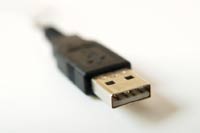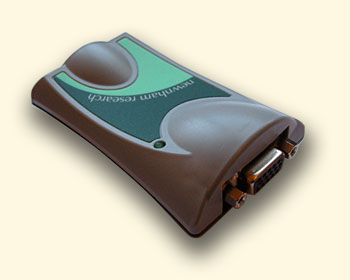Please note - Ndiyo has now officially closed its doors, at least as a legal entity - but we've kept the site alive in case any of the information is useful to others.
Our thanks to all those who helped out and were involved in so many different ways! The Ndiyo legacy lives on in the ultra-thin-client work at its spin-off DisplayLink, at Plugable, at NoPC and elsewhere...
Hubster - a new Ndiyo model
At Ndiyo, we've been exploring a new, flexible way to share a PC between multiple users. Using the power of today's high-speed USB connections, ordinary users could turn their PCs into multi-user systems using a model we call 'Hubster'.
Before we go any further, we should point out that this is not replacing the standard Ethernet-based Ndiyo system we've been using so far. That's still central to what we're doing. But we're also quite excited about Hubster, too. Why?
Background

Anyone who remembers what life was like before the USB standard came along will appreciate the transformation it has brought about. Adding new peripherals to your computer is easier than it has ever been before. With the advent of USB 2.0, not only is the USB system convenient, it is also fast; fast enough to connect hard disks for backup purposes, iPods for synchronising, and cameras for video capture.
The process of adding extra monitors to a system, however, still today resembles that of adding a scanner 10 years ago: it involves plugging extra cards into your computer, installing new driver software, and coping with bulky and inflexible cables. But quite recently, the speed and ubiquity of USB 2.0 has led to the creation of USB-VGA adapters, devices which allow you to add extra displays to your machine using just your USB ports. This is particularly valuable on small machines or laptops, which may not even have the option of supporting extra graphics cards. Adaptors based on MCT's technology, using standard graphics chips, are available from companies like Sitecom and Tritton, and for even higher performance, products based on the Nivo technology developed by our sister company DisplayLink are now available - the IOGEAR GUC2015V and the Samsung 940UX are examples.
Here's one of the original prototypes:

A USB Nivo
"But", you may say, "this is just a USB video adapter. It has no support for a keyboard and mouse like the Ethernet Nivo does. It's not a terminal. So what does all of this mean for Ndiyo?"
